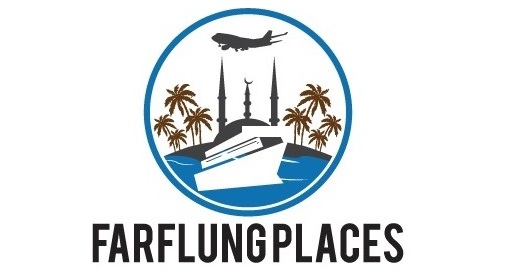I have always been a fan of Soviet gigantism from the skyline dominating Motherland statue in Kiev to the outsized Defender of the Soviet Arctic in Murmansk. While spending a few days in Minsk a day trip to Brest to see the mighty statue named Courage in the military fortress was an opportunity I was not going to miss.
Brest, on the western edge of Belarus, is the end of the line for the Moscow express trains which run several times a day. This meant I could travel the 330 km's between the two cities in a fairly luxurious manner. The train is full to Minsk, but the old style compartments were almost empty for the last leg of the trains journey.
I was going to travel second-class for US$10 return, but with first-class tickets only US$2 more it made sense to travel in somewhat more style. Stretching out in my own empty compartment I was soon asleep, only woken by the conductor asking whether I wanted tea or coffee with my breakfast. The only way to travel in Belarus!
The station in Brest is an impressive Stalinesque wedding cake design, similar to the skyscrapers that still dot the Moscow skyline. And, apart from the fortress itself, it might well be the top highlight of Brest. Walking on broken pavements alongside dilapidated buildings and abandoned warehouses, one of which was on fire and seemed to have the entire Brest Fire department attending did not encourage me to investigate further.
 |
| The entrance to the fort |
The only obstacle to me gaining access to the fortress was the modern take on a protective moat, a six-lane raceway also known as the Moscow to Berlin E30 road. Once past this obstacle, you enter a different world.
A huge concrete slab, with a Soviet star gouged out in the middle, has been placed on top of the ruins of the ruined entrance gate of the fortress. Approaching this you hear rifles fire, disembodied voices and soldiers marching piped out through hidden speakers. The effect is chilling and it silences the small groups slowly approaching the entrance.
 |
| Bullet holes riddle the southern gate |
The fortress was built in 1833 as the western defence to the Russian empire. It was easily taken by the Germany armies in the First World War but it became the symbol of Soviet defiance after it became one of the first targets of Operation Barbarossa, the Nazi invasion in 1941.
The Soviet forces inside the fortress were totally unprepared for the onslaught of artillery and air attacks yet managed to hold off the invaders for over a week, and small pockets of resistance held out for a month sniping at the German forces and tying up troops who should have been marching towards Moscow and delaying a proposed visit by Hitler for his own safety.
Much of the fortress was destroyed and has not been rebuilt. The damaged and bullet-pocked walls tell the story of the brutality of war without the need of the written word. The fortress left as it since then is itself an incredible memorial to the suffering and hardship the Soviet Union suffered during the Second World War.
 |
| Sculptures on the back of the monument |
The addition of the towering carved block of concrete, with the face of a Soviet soldier with what can only be described as a 'resolute' expression, makes it even more astonishing. The gigantic statue is a sombre reminder of the death and destruction that took place here, as well as the valour in putting up such a defence against overwhelming forces.
It is easy to spend much of the day here, you can cover quite a bit of ground wandering to all parts of the fortress and there are various museums telling the story of the fortress and the battles that took place, across the site.
The main museum, 'the Museum of the Defence of the Brest Fortress' is the one worth visiting if you are short of time. It costs approx US$5 to enter, the fortress complex itself is free to enter and is located in the barracks, one of the few buildings to survive relatively intact.
 |
| A painting of the defence of the fortress in the museum |
Alongside artefacts and weapons recovered from the war, are dioramas, paintings and detailed explanations of what happened here during those dark days of World War II, with most exhibits having an English explanation (which is sadly not true of the other museums on the site).
It also has one of the best gift shops I have ever visited, with an expansive and unusual display of souvenirs. Where else in the world can you buy a mangled bullet World War II bullet recovered from the fortress in its own display case, with a choice of either a Nazi or Soviet bullet.
Perhaps, not surprisingly, there were very few Soviet bullets left to buy, most of which would be now sitting proudly on Belarus and Russian mantlepieces.
 |
| Map of the Fortress |




0 comments